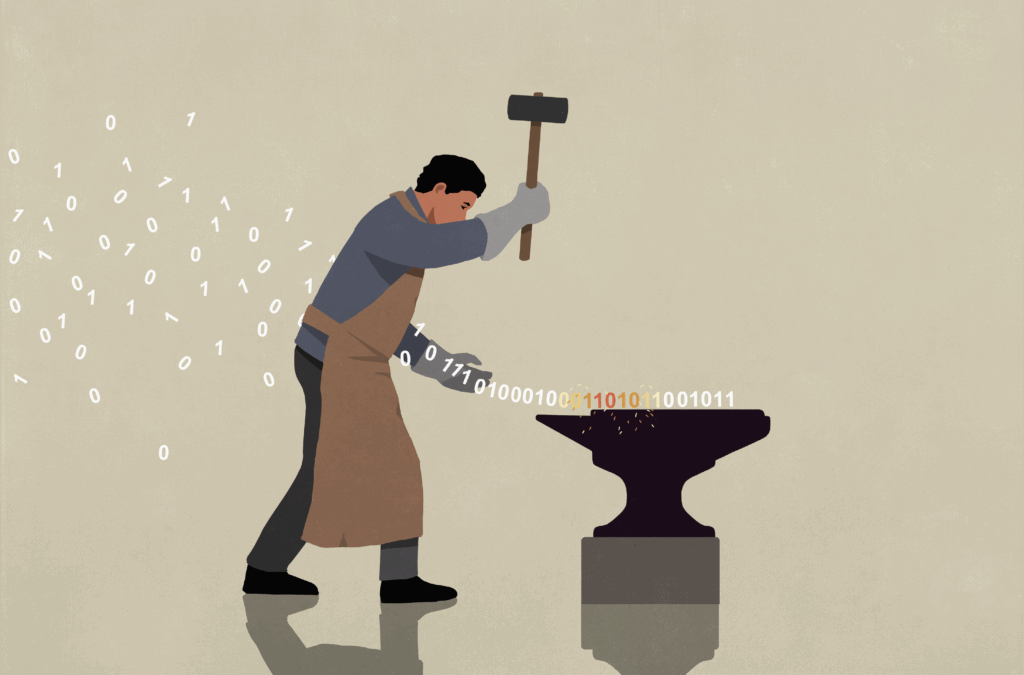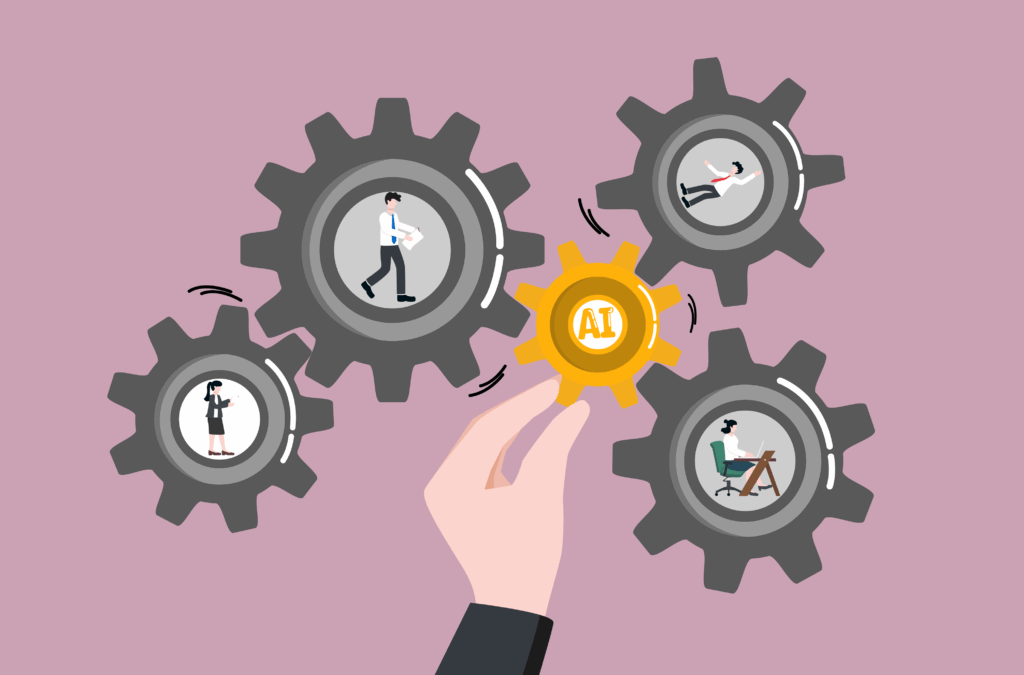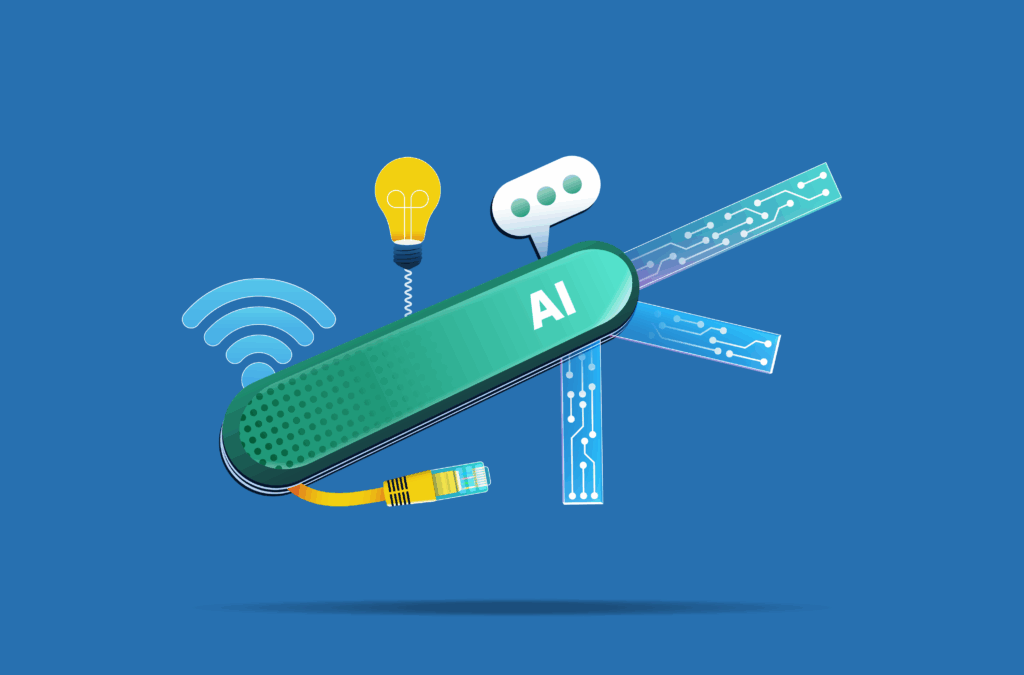
Airing Online Laundry

How much does your smartphone know about you?
Does the band you strap on your wrist to track your 10K pace keep your results private? Can your refrigerator give the insurance industry useful data about you while keeping that information safe from hackers?
As more devices and people become connected, the collection and sharing of new data bears attention. Telematics, the same technology that allows insurers to track your driving habits in real time, could be the new frontier of data collection and aggregation. But the technology leaves many issues unresolved.
Telematics is the use of wireless devices to transmit data in real time. Its widespread use is made feasible by advances in telecommunications that connect remote endpoints ranging from smartphones to sensors. It’s what allows your refrigerator to send a message to your cell phone to alert you that the freezer contents are melting, or, more seriously, it’s what allows a surgical implant to send reminder notices when your body needs medication.
The first widespread practical use of telematics was GMAC’s OnStar communication system, which connected drivers with real people in emergencies while also providing navigation assistance and vehicle diagnostics. Progressive followed with its Snapshot, a pocket-sized device that plugs into a car’s onboard diagnostic port and measures driving behaviors such as mileage, time of day and hard braking.
As the number of devices and sensors worldwide continues to increase, experts say telematics has tremendous potential to change human behavior while creating a giant new data set for the insurance industry to ponder. Smartphone apps and wearable data aggregation devices that can tell you how many miles you jogged or detect flaws in your golf swing are taking consumers by storm. They can be used to model car accidents or track your blood pressure and heart rate. They also have nonsensical uses, like illuminating a headpiece to alert others to your current mood or generating a fake telephone call to your cell phone when a blind date goes bad.
“There’s a lot of rumors around about what wearables can do in terms of assisting in situations that are fairly mundane, like exercise routines and things of that nature,” says Shawn Ram, national technology practice leader at Aon Risk Solutions. “But I also think about the next step and having wearables assist in insulin injections and diabetes calculations. I think it’s a tremendously revolutionary time in terms of how the medical field actually thinks about technology.”
Wearables could also collect enough big data to change how the insurance industry moves forward. Alex Krutov, president of Navigation Advisors, says actuaries someday could use the new data in modeling risk.
“There is a wealth of information that potentially can be collected, or is already collected, that will enable the development of innovative analytical tools and bring about enormous benefits,” says Krutov, who chairs the Casualty Actuarial Society’s task force on cyber risk. “The ability to enhance our understanding of risk and quantify it is one of such potential benefits. Sophisticated tools can be created, and in some cases have already been created, to analyze the vast and constantly growing amount of data. While these tools could be incredibly powerful weapons, they should be used with extreme caution.
“Of the two primary concerns, the first is the possibility of coming to wrong conclusions or misinterpreting results of the analysis. The second and probably more important concern is the strong potential for improper collection, sharing and use of the new information and privacy violations.”
Scott Snyder, the president of Mobiquity, a mobile engagement provider, says mobile apps and wearable devices are becoming part of our everyday lives.
“People collect data about everything from the calories they ingest and distances they run to their sleep cycles and medication adherence,” Snyder says.
A recent Mobiquity study found 55% of people who use a mobile health or fitness app plan to introduce wearables into their health and fitness regime. Sixty-three percent anticipate using their wearable device on a daily basis. Today’s iPhone and Android smartphone users are more likely to become wearable users in the future compared to those using BlackBerry and Windows phones, the research found. Sixty-five percent of men and 60% of women plan to use wearables on a daily basis. The largest group of people now using smartphones to track health and fitness—and planning to add wearables—is between 21 and 39 years old.
Wearables, however, are not the only way we are becoming more connected and generating more data. Leni Selvaggio, Cisco’s industry solutions manager who oversees insurance, says in the past two years the number of people and things connected through the Internet has doubled to 25 billion. That number is expected to double again by 2020.
How connected are we today? According to a recent survey conducted by the Pew Research Center:
- 90% of American adults have a cell phone.
- 58% of American adults have a smartphone.
- 32% of American adults own an e-reader.
- 42% of American adults own a tablet computer.
Selvaggio says the financial services sector, which includes insurance, has the potential to grow by $1.3 trillion by 2020 by taking advantage of technology that connects more people and things. So what can brokers do today to take advantage?
Culture of Connection
“You have so many sensors on your car today,” Selvaggio says. “What would happen if you had a Fitbit for your car that pointed back to your insurance? It could monitor inflation sensors on your tires, your seat belt usage, or route a policyholder around a detour or an accident. The broker could be able to say, ‘We’re making insurance more relevant to you and your life and how you live.’”
The connected home, Selvaggio says, is another example: “Being able to connect the surveillance, the smoke, fire, CO2 and your alarms to possibly extra services that the insurance industry can provide,” he says.
“You can look in the healthcare space and see things like Fitbit. At Cisco, I can have my Fitbit reporting back to my healthcare program, and then I get points in my healthcare program that gives me discounts or money that helps me toward my deductible. These things are happening today. Those are practical applications across p-c and healthcare.”
Krutov says new data and new technology already have an impact on several types of insurance coverage.
“Many have discussed the possibility of hackers intentionally causing malfunctions of devices as important as heart monitors or pacemakers,” Krutov says. “This may affect product liability, cyber or both. As more and more information is being collected in numerous places, and the systems become increasingly complex, data breaches are also becoming more common.”
Krutov says as the cyber risk and the risks associated with technology malfunction or misuse increase so does the potential liability of directors and officers. This has direct effect on D&O insurance. Medical professionals can get access to some of this information, in particular when wearable medical devices are set up to upload the data they collect. It will help doctors save lives and improve the quality of living. It could also lead to additional medical malpractice liability exposure.
“Insurance companies themselves are faced with significant cyber risk exposure,” Krutov says. “As they store an ever-increasing volume of data, rely on computer systems, and use devices such as mobile apps for accident data reporting, their exposure to cyber risk continues to grow.”
Data, Data Everywhere
It will take a while before actuaries can determine what new data can be used.
“The use of new types of data and the introduction of new variables or classifications for setting insurance rates often have to be approved by insurance regulators, especially in personal lines of insurance, where individual consumers could be affected,” Krutov says.
“I believe we are still only at the very beginning of the process of trying to understand what data is available, what data could be obtained, and how this data could be used. This is something truly new and potentially transformative for the insurance industry and for our society. The new types of information collected and the greater volumes of the type of information previously available enable us to come to conclusions that were previously impossible. Often, these conclusions are of predictive nature, including probabilistic predictions in areas where no data has been directly collected.”
Most experts believe the technology is not available yet to determine the accuracy of the new data we’re aggregating.
“There are a lot more data sources coming on board that will influence underwriting,” says Anand Rao, a principal with PwC’s U.S. advisory practice. “This is still less historical data for the underwriters to be comfortable with, but if we start building that history, what we will see in the next few years is some of these companies get more comfortable using the data and seeing the historical pattern in their underwriting.”
In the insurance industry, Rao says, when the science or data is weak, underwriters must price for variability and volatility in the loss scenarios. Sometimes, he says, that makes insurance products noncompetitive and price prohibitive.
“As the data improves,” Rao says, “one would expect pricing and deductibles and coverage to improve as well.”
Yet Rao says the precise impact of telematics remains ambiguous. “If I think about wearable technology today and the nature of tracking my footsteps, the amount of times that I am moving quickly, the distance that I’ve walked—that’s covered,” he says. “When I think about the more invasive—we’re a few years out from this—but seeing technology that we are wearing on a regular basis that actually is taking measurements around our blood and things inside our body, then I think that’s where the data isn’t quite there.
“Do I think this technology is going to come to fruition and be a regular part of our lives? My personal opinion is yes. Do I think that as a result there will be increased data for the insurance industry to model this risk? Absolutely.”
Before that can happen, the industry needs to resolve a host of privacy and security issues.
Given the growth in the collection and storage of sensitive data, Krutov says, “increased exposure to the already growing cyber risk and the potential for data breaches exposing this information is on my mind all the time. Insurance companies are themselves exposed to this risk as they collect and use volumes of personal and often sensitive information. And as they increasingly rely on this data, they are exposed to the rapidly growing cyber risk. The sheer complexity and interconnectedness of the cyber systems—and wearable devices are part of these systems—increase the risk of mistakes and accidental failures.”
Rao and others are also concerned about privacy.
“People who are happy to have their information made public are somewhat constrained when it comes to medical issues,” Rao says. “If you have certain devices which measure heart rate or various things, you probably don’t want anyone other than your physician to see it.
“Sometimes there is a very real security risk where someone can hack into some of these devices and route the information into a different source for other purposes. That’s a big risk because most of these devices are coming from small operators. There’s quite a lot of potential for hacking into these things.”
Despite all the new wireless connections, Selvaggio says only about 2% of the people, devices and processes that can be connected are connected. “In one sense,” he says, “it’s the new, new thing.”
But are carriers and brokers willing to embrace the new technology?
“It’s an eternal staring match to see who jumps first,” Rao says. “They all have taken some measures to understand what these technologies can do, but they are not fully embraced to change. Everyone wants to be a fast follower, but no one wants to be the leader.”




